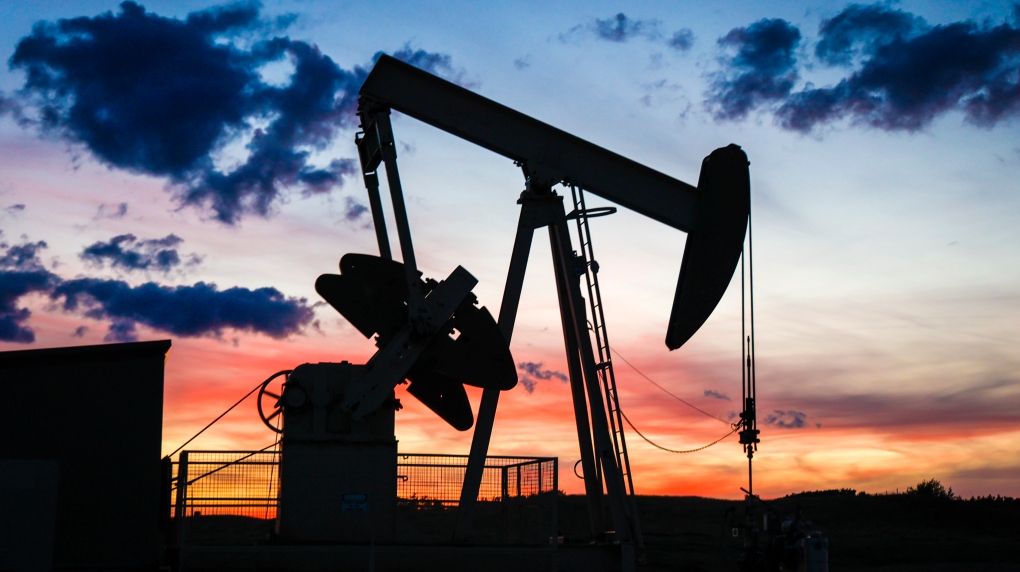
Canada’s greenhouse gas emission up 2.3 per cent from last year due to oil and gas production, cold winter: report
CTV
New data from the Canadian Climate Institute shows that emissions from the oil and gas industry and buildings continued to climb in the previous year, undercutting Canada's overall emissions reduction progress.
New data from the Canadian Climate Institute shows that emissions from the oil and gas industry and buildings continued to climb in the previous year, undercutting Canada's overall emissions reduction progress.
The independent estimate published on Thursday by 440 Megatonnes, a project of the Canadian Climate Institute, revealed that in 2022, Canada's total emissions increased by 2.31 per cent (14.2 megatonnes) compared to the previous year.
Additionally, emissions went up in specific sectors by a total of 37.1 metric tons, resulting in a net increase of 14.2 metric tons in emissions.
According to the report, despite the slight increase observed in 2022, Canada's overall emissions were still 6.3 per cent below 2005 levels which appears significantly below the country's 2030 target of reducing emissions by 40 to 45 per cent below 2005 levels.
The report also found that emissions from the oil and gas industry and buildings caused 72 per cent of the total increase in 2022. This trend aligns with the longer-term pattern of consistently rising emissions from both sectors.
The increase in emissions from buildings was primarily due to increased heating from a colder winter, according to the report.
In contrast to other sectors, such as electricity, where emissions have witnessed a 56 per cent decrease, carbon emissions from the oil and gas industry and buildings have been on the rise since 2005.
